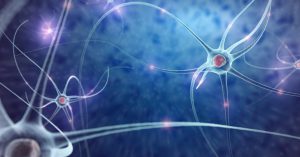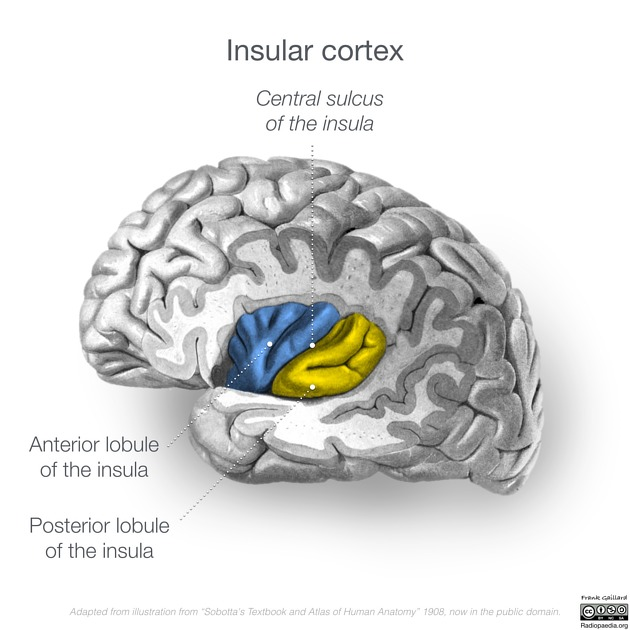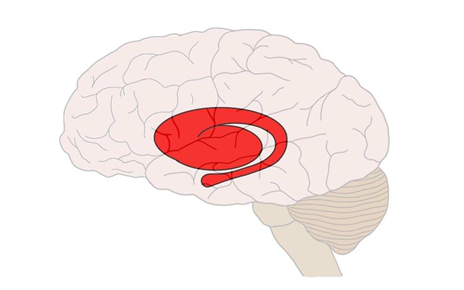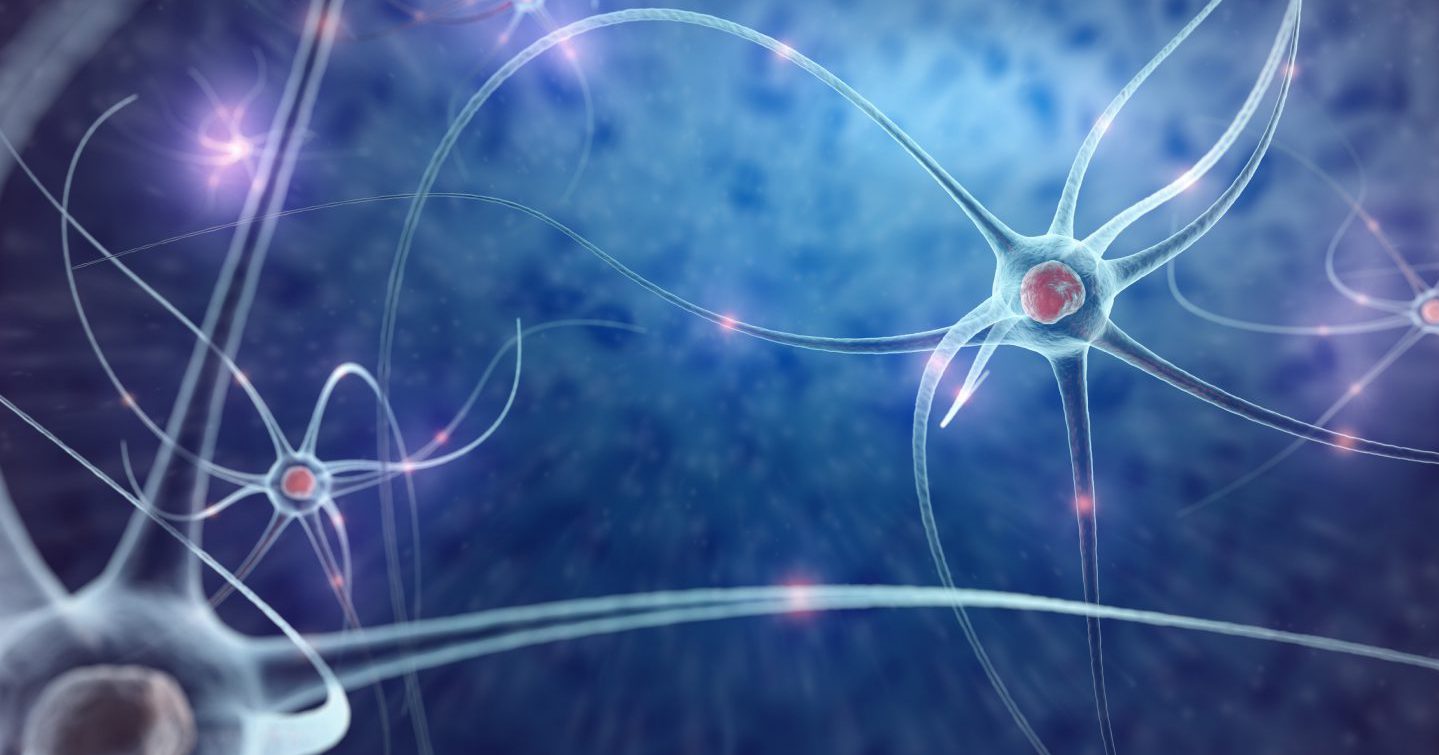
What is motivation
Motivation can be defined as a psychological construct that acts as a stimulus for action towards a desired goal. Motivation is necessary to initiate and to sustain a certain behavior.
The main points of motivation can be summarized as: the initiation of an action to achieve the goal, an expectation related to the goal and the reward.
It can be divided into two different categories: intrinsic and extrinsic motivation
- Extrinsic motivation refers to doing something because it leads to a separable outcome. The motivation or reason to act that arises from offering attractive environmental incentives and the consequences that are separable from the activity itself, such as offering money, points or a food reward (Deci, Koestner, & Ryan, 1999; Ryan & Deci, 2017).
- Intrinsic motivation refers to doing something because it is inherently interesting or enjoyable; it is required to stretch and extend one’s capacity. It is a naturally occurring inclination toward spontaneous interest when someone is discovering new information, learning something new (curiosity satisfaction) as well as developing and extending existing capacities; mastering an optimal level of challenge.
Intrinsic motivation in learning
The importance of motivation in traditional instructional design practice has been widely discussed in past. According to researchers, the level of motivation is a significant component of learning in any kind of environment, and it is considered a preliminary step.
To maintain a high-level of motivation during the entire learning process is important to provide an appropriate level of challenge combined with a clear and attainable goal.
The learning environment must match each student’s skill level and must provide tasks with clear goals and immediate individual feedback.
“When people are intrinsically motivated to learn, they not only learn more, they also have a more positive experience.” Chan & Ahern (1999)
SkillGym as a motivationally enganged learning experience
The SkillGym team has already described how digital Role Play works (“How Practicing on Digital Role Play Improves Performance: a Case Study“) and which strategies have been used to keep users engaged during the learning process (“Three Case Studies and One Strategy to Keep Users Engaged with Digital Learning“).
Intrinsic motivation emerges out of satisfaction related to curiosity and competence. Considering that SkillGym provides a practical learning environment (where someone actively experiences the interaction) that enables curiosity and competence improvement, we expect SkillGym users to have a high level of intrinsic motivation.
Novelty/challenge seeking and subsequent curiosity/competence satisfaction are the defining characteristics of intrinsic motivation
What happens in our brain? Given all the previous observations and conclusions, the brain activity while using SkillGym can be assumed, even though no brain imaging studies have been done yet.
Neural substrates of intrinsic motivation
Neural activity can be assessed while people perform intrinsically motivating tasks by studying event-related functional magnetic resonance images.
The neural system of the function specifically investigated here can be explained in this way.
These studies determined that the neural substrates of intrinsic motivation seem to involve different parts of the brain:
- Anterior Insular Cortex (AIC) activity
- Striatum activity
- AIC and Striatum interactions
The Anterior Insula Cortex is located in the center of the cerebral hemispheres. It is a portion of the cerebral cortex folded deep within the lateral sulcus (the fissure separating the temporal lobe from the parietal and frontal lobes).

Its activation is known typically to be associated with the processes of “subjective feelings from the body” (Craig, 2009; Damasio, 1999; Damasio & Carvalho, 2013).
Specifically, it represents internal bodily needs, and it integrates the bodily information into subjective feelings. Therefore, LEE et al concluded that AIC activity from feelings of intrinsic satisfaction is a key source of intrinsic motivation.
It is also interested to note that, as Davidson R. reports in The emotional life of your brain (2012), high-level of activation of insula are related to a high-level of self-awareness.
Self-awareness is one of Davidson’s six dimensions of emotional style, and it also has a key role in emotional intelligence according to Goleman’s theory. It is thus reasonable to assume that insula activation can be involved in SkillGym users.
The Striatum usually refers to a group of ventral structures: putamen, caudate and nucleus accumbens.

The caudate and putamen are separated by a white matter region called the internal capsule, which is connected to the other two parts by many strands of grey matter.
Striatum is one of the principal components of basal ganglia nuclei and it receives many incoming fibers from the cerebral cortex. The striatum is considered to be involved in different aspects of movement, cognition and behavior.
Because it receives and integrates reward-related information from cortical regions and produces behaviors based on this reward-related information, striatum is thought to be a central part of extrinsically generated motivation.
In addition, recent neuroscience studies have reported that striatum activity during tasks that are suspenseful, challenging, satisfying and interesting (e.g. resolving curiosity, feeling competent) generates intrinsic reward.
AIC-Striatum interactions interactions are well-established anatomical connections between AIC and striatum. These functional connectivity patterns are consistent with many previous neuroscientific findings. LEE et al observed that AIC and striatum activities positively interact during the performance of intrinsically motivating tasks (Cho et al., 2013; Postuma & Dagher, 2006).
Consistent with insula and striatum functions, connectivity between these two structures has been viewed as a functional integration of bodily information and reward-related information during the processes of subjective feelings.
Insular cortex and ventral striatum interactions in goal-oriented actions
Other researchers have viewed the IC and striatum connectivity as the process by which some subjective feelings lead to goal-oriented behaviors (Cho et al., 2013; Damasio & Carvalho, 2013; Naqvi & Bechara, 2009).
The ability to acquire and exert control over reward-related actions is fundamental to encoding the relationship between action and its outcome.
In addition, the subject must evaluate the incentive value of the outcome. This value is not fixed, rather it depends on the needs and desires of the subject.
The current value of the outcomes is retrieved to guide the behavior. Recent findings from studies on rats provide novel evidence that a functional connection between the IC and the nucleus accumbens’s core is required for changes in the value of the instrumental outcome to impact choice between goal-directed actions.
Conclusions
In conclusion, it can be assumed that practicing critical conversations with SkillGym is a motivationally engaging learning task.
Literature backs it up with a neuroscientific explanation. While there are differing views regarding the studies and their limitations, insula, striatum and their interactions seem to be reasonably involved in intrinsic motivation in SkillGym users.
Bibliography
Cho, Y. T., Fromm, S., Guyer, A. E., Detloff, A., Pine, D. S., Fudge, J. L., & Ernst, M. (2013). Nucleus accumbens, thalamus and insula connectivity during incentive anticipation in typical adults and adolescents. NeuroImage, 66, 508–521.
Craig, A. D. (2009). How do you feel—now? The anterior insula and human awareness. Nature Reviews Neuroscience, 10, 59–70.
Damasio, A. R. (1999). The feeling of what happens: Body and emotion in the making of consciousness. New York: Harcourt.
Damasio, A., & Carvalho, G. B. (2013). The nature of feelings: Evolutionary and neurobiological origins. Nature Reviews Neuroscience, 14, 143–152.
Davidson, R. J., & Begley, S. (2012). The emotional life of your brain: How its unique patterns affect the way you think, feel, and live–and how you can change them. New York: Hudson Street Press.
Goleman, Daniel. (1995). Emotional intelligence. New York: Bantam.
Lee, W., Reeve, J. Identifying the neural substrates of intrinsic motivation during task performance. Cogn Affect Behav Neurosci 17, 939–953 (2017)
Mizuno K., Taanaka M., The neural basis of academic achievement motivation
Naqvi, N. H., & Bechara, A. (2009). The hidden island of addiction: The insula. Trends in Neurosciences, 32, 56–67.
Parkes S. L., Bradfield L. A., Balleine B. W. (2015) Interaction of Insular Cortex and Ventral Striatum Mediates the Effect of Incentive Memory on Choice Between Goal-Directed Actions, J Neurosci. 35(16): 6464–6471
Postuma, R. B., & Dagher, A. (2006). Basal ganglia functional connectivity based on a meta-analysis of 126 positron emission tomography and functional magnetic resonance imaging publications. Cerebral Cortex, 16, 1508–1521.
Chan T. S., Ahern T.C., Targeting Motivation—Adapting Flow Theory to Instructional Design (1999) Journal of Educational Computing Research, Volume: 21 issue: 2, page(s): 151-163
WEBOGRAPHY:
https://www.neuroscientificallychallenged.com/blog/know-your-brain-striatum
https://pt.slideshare.net/sorfina/insular-cortex-7598122/3

